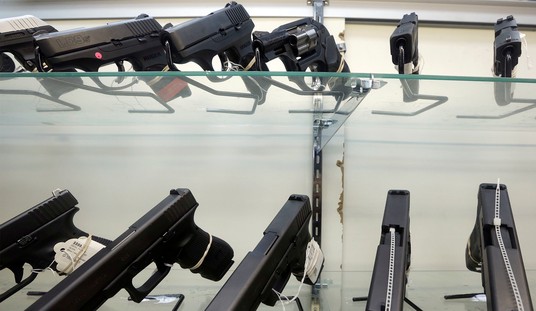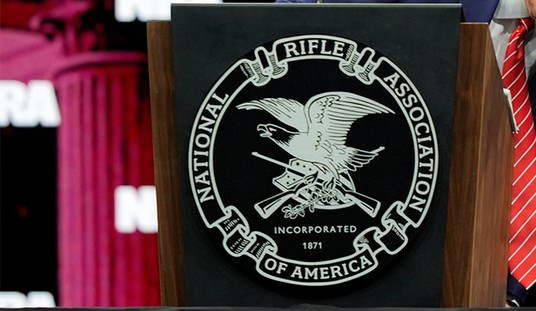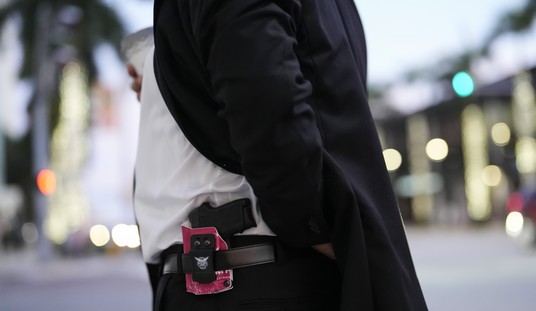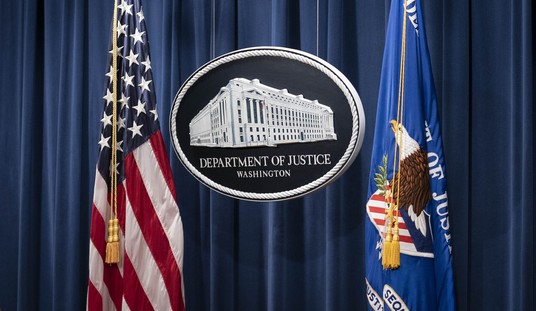The debate over firearm accessories and components is knocking on the door of the United States Supreme Court. While that’s happening, could National Firearm Act regulated suppressors slowly be edging their way out of regulation passively? The National Shooting Sports Foundation commissioned a suppressor survey last year, the results are in, and they’ve released the 2025 report.
Suppressors, as 80 percent of respondents say is the acceptable term, are becoming more mainstream to everyday gun owners. Devices considered polite to use overseas – in say the United Kingdom – have been relegated to control via an archaic 1934 law. That act was originally intended to outlaw handguns. Instead of a handgun ban, lawmakers settled by imposing taxes and restrictions on fully-automatic firearms, short-barreled rifles/shotguns, and suppressors – also known at the time as mufflers and silencers.
The key things to understand when discussing suppressors, and the NSSF survey supports a good amount of these claims, are the following precepts:
- Suppressors are not dangerous
- Suppressors are not unusual
- Suppressors are in common use
How much of “in common use” are they? The NSSF survey asked 800 people who were over the age of 21 to answer some questions. Responses give a glimpse not into just the numbers of units that are on the market, but also buyers’ perceptions of the devices overall.
The report is available for order by the NSSF at their store. Prices vary depending on membership level and or affiliation.
In 2024, suppressors were big business. “Suppressor sales to individuals in 2024 are estimated to be $820 million, including the cost of the required tax stamp,” the report states.
That level of sales comes at the heels of the total number of units that the NSSF said are registered: “3.14 Million Total Historical Consumer Suppressors Registered at End of 2024 (Total Form 1 and Form 4 in NFRTR).” An additional 1.36 million suppressors are registered to “trusts, corporations, government, [and] N/A.”
The reason for why individuals decide to purchase suppressors was explored as well. An overwhelming majority of respondents said that they own suppressors for “recreational shooting” and “hunting,” at 39 and 30 percent respectively.
At the top of the lower end, 9 percent say they have them for home protection and 5 percent for personal protection. Other cited reasons for ownership, making up the remaining 17 percent include: Just to have or collect, competitive shooting, work (LE, Military, etc), and other.
As far as suppressors being a safety device, 67 percent stated that sound reduction was the number one key feature desired on their suppressor. Lowering the number of decibels a discharging firearm emits contributes to the health and safety of users, spectators, and neighbors.
The 2025 “Suppressor Owner Study” put out by the National Shooting Sports Foundation has much more to it than what’s been highlighted here. Other metrics they looked into include: who’s buying suppressors, the ages of consumers, income levels, types of communities respondents come from, military/law enforcement affiliation, years of purchase dating back to 2019 and prior, prices paid, purchase location, and more important details.
Retailers, dealers, publishers/editors, and others involved in the sale of or marketing of suppressors could glean useful metrics from the report.
For certain, the study affirms anecdotally that: Suppressors are not dangerous, suppressors are not unusual, and suppressors are becoming overwhelmingly in common use – with over 4.5 million units registered under the NFA.
Many of these points are not lost on the NSSF. Mark Oliva, the managing director of public affairs of the Foundation says: “More Americans are learning the benefits of shooting suppressed.”
Oliva observes those benefits include “hearing preservation, increased accuracy and reducing noise for our neighbors when we’re shooting recreationally or hunting.”
“There has been a steep learning curve when it comes to suppressors and this survey bears out the efforts of NSSF and other organizations to explain that a suppressor is nothing more than a muffler for a firearm,” Oliva explains. “The figures presented in the survey bear out the increased acceptance and use of suppressors that we expect will only continue to grow.”
The NSSF 2025 “Suppressor Owner Study” was commissioned by the NSSF and conducted in conjunction with Southwick Associates. Survey distribution was aided through the efforts of GunBroker, Gun Talk Media, Outdoor Sportsman Group, and Shooting News Weekly.








Join the conversation as a VIP Member